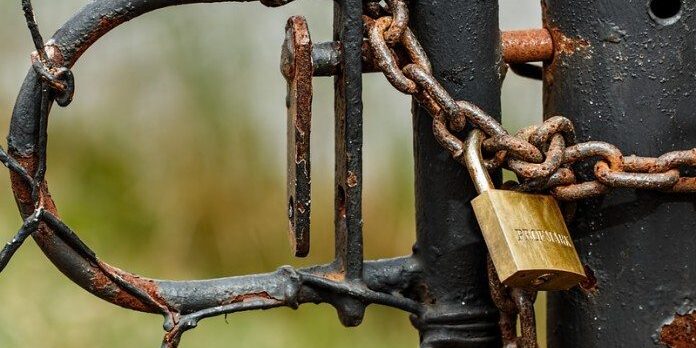Sibanye-Stillwater and Implats Dismiss Concerns Over Potential Mine Closures
South African platinum group metal (PGM) producers say they have taken steps to minimise mine closures, but they also acknowledge the downturn in prices may result in shorter mine lives or lower production.
Bank of America said in a report today that PGM producers will be forced to shutdown mines, some permanently, following a heavier and swifter correction in PGM prices this year, particularly in palladium and rhodium.
“We find ourselves asking how supply will respond in the face of weak prevailing prices. With cash flow under pressure at many mines, we see shutdowns or even permanent closures as likely,” the bank said in its report.
It pointed out that the North American mines of Sibanye-Stillwater and Impala Platinum (Implats) were especially vulnerable in the current price environment.
Whilst South African mines produced meaningful quantities of the PGM suite of metals, North American orebodies were dominant in palladium followed by lesser quantities of platinum. Palladium is down 43% in 12 months and 36% year-to-date.
“Longer term, we think that palladium and rhodium are the most structurally challenged of the PGMs given demand is highly dependent on autocatalysts for internal combustion engines.
As such, we think that North American operations (Stillwater & Impala Canada) will come under pressure and could be ‘at risk’,” the authors said.
Implats spokesperson Johan Theron said his company had “effected a turnaround” dating from the post-Covid months in 2021. Following this, ‘Impala Canada’ will target high grade parts of the mine even though it may shorten overall mine life, he said.
“Our advantage is that we started early,” said Theron. “All things being equal we are competitively placed in our PGM exposure. But palladium will determine what will happen there.”
In September, Implats impaired the Lac des Iles held in Impala Canada by more than half its initial R11.4bn purchase price in 2019.
James Wellsted, spokesperson for Sibanye-Stillwater, said that while the company had already ‘repositioned’ the firm’s Stillwater mine in Montana, US the continued weakening in PGM prices and a shaft incident that interrupted production had called for more action.
This could include delaying Stillwater’s targeted 700,000 ounces in annual PGM production to 2030 instead of the current 2027 timetable which would allow the company to cut contracting staff which was more expensive than full time employees. He added this was one of several options.
“It’s not a binary thing of either closing the mine or keeping it open. Sections are mostly profitable but some are not,” he said.
Earlier this month, RMB Morgan Stanley downgraded the gold and PGM miner’s prospects. At spot prices, it could post a net cash out flow of about R6bn, it said. Sibanye-Stillwater reported R4.28bn in interim normalised earnings, a 62% year-on-year decline largely down to a 22% decline in the average rand 4E PGM basket, and a 28% fall in dollar 2E PGM basket price.
The group’s CEO Neal Froneman said he would tolerate lossmaking assets. He also acknowleged in an October 4 interview that at spot prices the company could pass the dividend.
“If the market remains where it is now there will be no dividend. That is very clear to us. We could be in net debt, but that is exactly why we managed balance sheet to be strong. There could be some negative cash flows, but it won’t be forever.”
![]()





